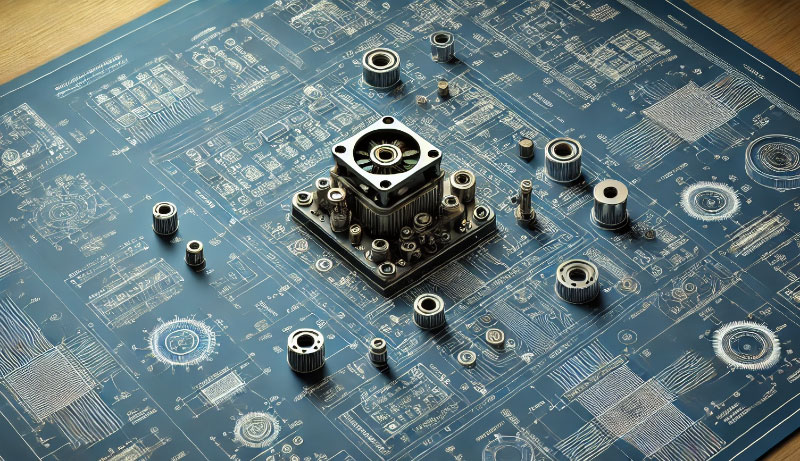The America Invents Act (AIA), also known as the Leahy-Smith America Invents Act, (named for its lead sponsors, Sen. Patrick Leahy (D-VT) and Rep. Lamar Smith (R-TX)) was signed into law on Sept. 16, 2011. The ACT was enacted, inter alia, to improve patent quality and provide more certainty in patent litigation. To address the shortcomings of earlier patent practice, a new pre-issuance submission procedure under the AIA is intended to provide the Patent Office with better information by encouraging participation by the public and leveraging its knowledge.
As provided in 35 U.S.C. §122(e) (37 C.F.R. §1.290) as of September 2012, a pre-issuance submission procedure allows a third party to submit patents and printed publications that a third party believes is relevant to a pending patent application. The submission must be filed earlier than: 1) date of the Notice of Allowance; or 2) no later than six months after the date of publication or six months from the date of the first rejection of any claim. The procedure can be performed anonymously, without identification of the real party at interest. There is no limit on the number of prior art references. The government fee of submission is $180 for every ten references submitted; there is no government fee if the submission is three or less. The new procedure has the added benefit of requiring a concise explanation of the relevance of the prior art reference.
The pre-issuance submission procedure offers an option for a third party to prevent issuance of a patent that could later threaten it. To preemptively confront risk, a third party can monitor the patent activities of competitors by the USPTO public accessible PAIR site and, where appropriate, provide pre-issuance submissions during the examination to prevent patent issuance. This is an economical alternative to later attempts to invalidate vested patent rights. The cost of a pre-issuance submission cannot be compared to the significant expense of challenging patent validity in litigation or even post-issuance proceedings before the Patent Office. The simplified method of submitted prior art eliminates an excuse from a third party that prior art submissions are costly or difficult. If a third party truly believes that a prior art reference is relevant to patentability, the third party should take advantage of this procedure or risk alienating their client for failure to use a procedure that can reduce or eliminate costly litigation.
For a third party, use of the pre-issuance submissions is preferable as a patent application is not valid until it issues so the claims can be rejected on the showing of a mere preponderance of the evidence. A federal court has more exacting legal standards wherein an accused infringer must prove patent invalidity by clear and convincing evidence. This elevated standard that litigants often struggle to satisfy is compounded by the fact that federal court is obligated to review secondary considerations, such as commercial success, to support patent validity.
Filing a pre-issuance submission does not subject a third party to rules of estoppel. For instance, if the third party inadvertently or deliberately excludes a known, material prior art reference in a pre-issuance submission, the third party is not barred from relying upon the reference to contest a later issued patent. In contrast, during post-issuance proceedings, if a third party neglects to advance a material prior art reference that, for example, reasonably could have been raised, the third party will be estopped from arguing patent invalidity.
It should be noted that by filing a pre-issuance submission during examination of a patent application, the third party has documented that they are on notice of a later issued patent and may be subjected to allegations of willful infringement. In this regard, under § 154(d) of the patent statute, actual notice of a patent application in limited circumstances may even subject an accused infringer to damages liability during the pendency of the application. If the prior art is questionable, a third party may elect to use post issuance proceedings, such as inter parties reviews, where the third party has multiple opportunities to voice their opposition to the patent. To avoid third party submissions, an applicant is more inclined to locate prior art that might be related as well as relevant.
By: Michael Slavin
Intellectual Property Attorney









